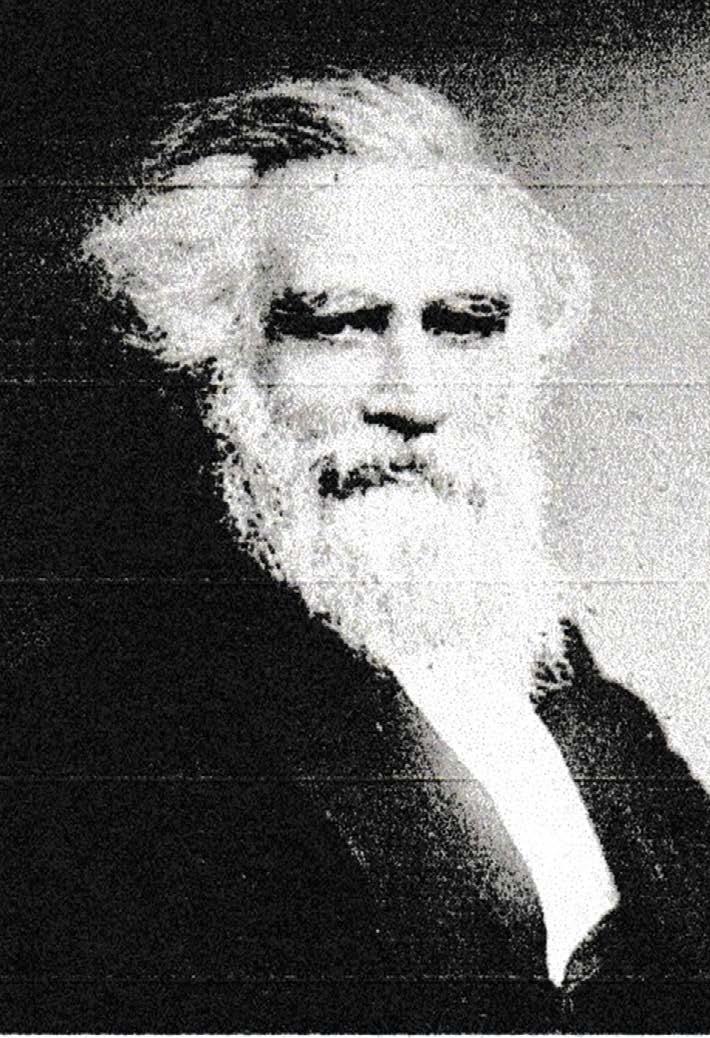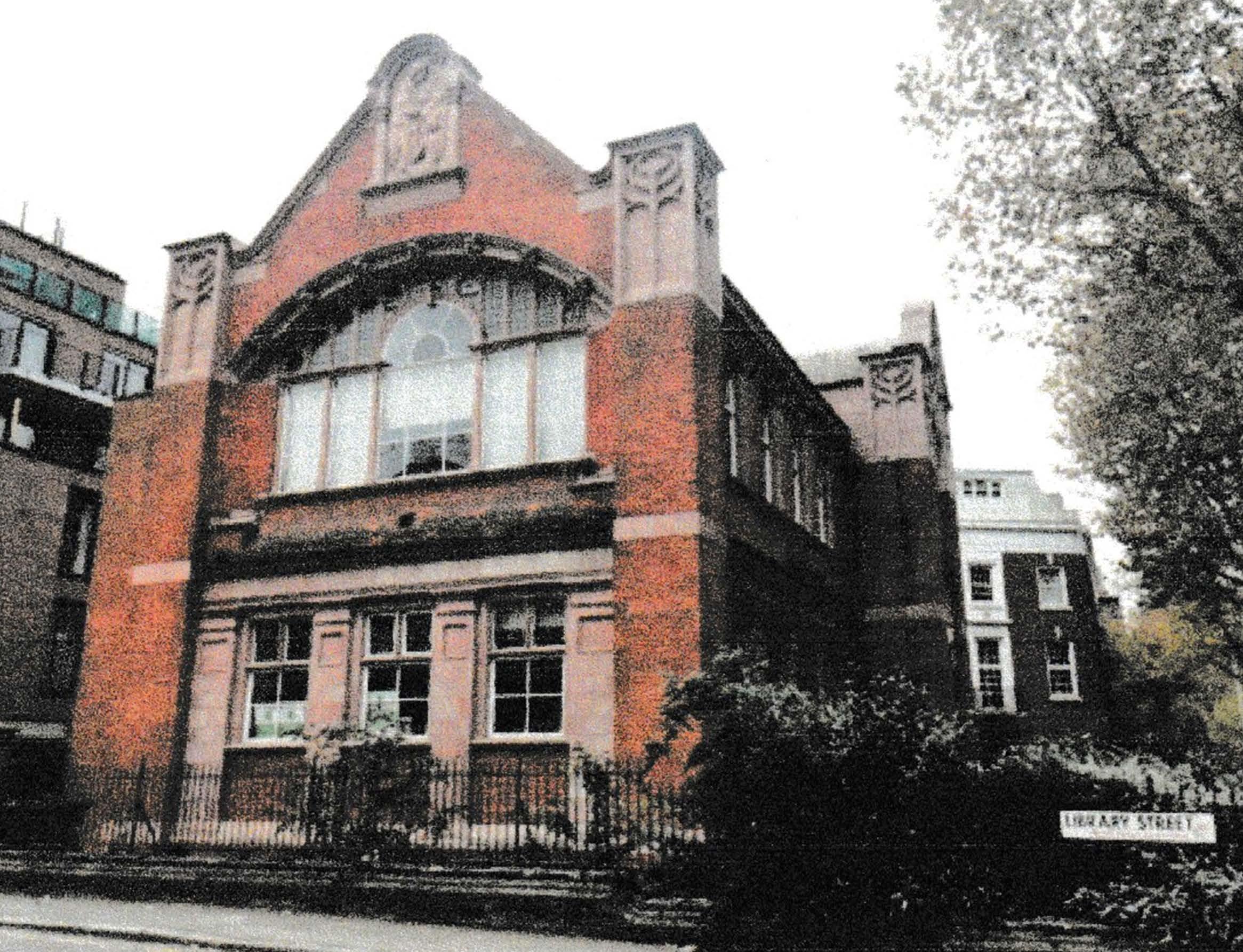
2 minute read
Remembering when

24 Libraries were built with funding by the Victorian Philanthropist, John Passmore Edwards
By Ken Hayes - Honorary Membership Secretary

Five of these were in South
London, one was in Southwark on Borough Road, one in Dulwich, one in Nunhead, and one in Wells Way, which included a public Wash House, and one at the rear of the South London Art Gallery. This included a Lecture Hall, built with his donation of £3,000. In 1898 the Art Institute opened next to the Art Gallery, (now the Camberwell College of Art), funded by his donation of £5,000.
The Public Libraries Act of Parliament, passed in 1850, which allowed local authorities to put an old penny on the business rates to fund the provision of these Free Public Libraries. In practice local authorities were slow to implement it. The Library in Borough Road, which is now part of the Business School of London South Bank University, was built by the Parish Council of St George the Martyr, with funding of £5,000 by Passmore Edwards and opened in 1898.
John Passmore Edwards was born in Blackwater, (a village near Truro in Cornwall), in 1823. His father was a carpenter, his mother was from Devon and her maiden name was Passmore. As a young man he moved to Manchester and worked as a journalist for the Manchester Sentinel Newspaper. He subsequently moved to London and lived in Camberwell working as a free-lance journalist. In 1850 aged twenty-seven he bought The Public Good, a monthly publication which unfortunately failed in 1855 and he went back to being a free-lance journalist.
The next ten years were difficult, but he built up his finances and bought two more publications, Building News and Mechanics Magazine both of which were successful. In 1876 he bought the Echo, a half-penny Evening Newspaper which proved to be a very shrewd investment.
He funded the building of seventy public buildings, Libraries, Educational buildings, Hospital Wards and a Children’s Holiday Home in Clacton-onSea. He was a pacifist and attended many peace conferences during his life.
The build was well planned and built to a high standard and have remained in use up to the present day and are English Heritage listed. He also funded public drinking fountains, one of which remains in Christ Church Gardens on Blackfriars Road Southwark.
John Passmore Edwards was passionate about social reform, his moto being, ”Do the Best for the Many.” He stood for Parliament in 1880, as a Liberal Party candidate and was elected as MP for Salisbury. However, he became disillusioned with politics and the lack of social reform for the working classes. He instead concentrated on providing better opportunities for the general public in education and health care, thus improving their life chances. He also campaigned for the abolition of slavery.
He was twice offered a Knighthood, first by Queen Victoria and then by King Edward VII which were both rejected by him.
John Passmore Edwards died in 1911 and the obituary in the Times said: “He did more good in his lifetime than most of his contemporaries”










